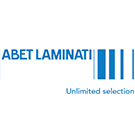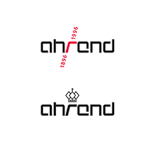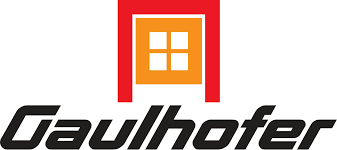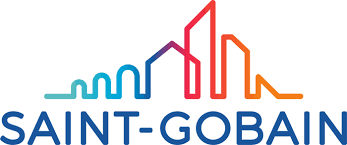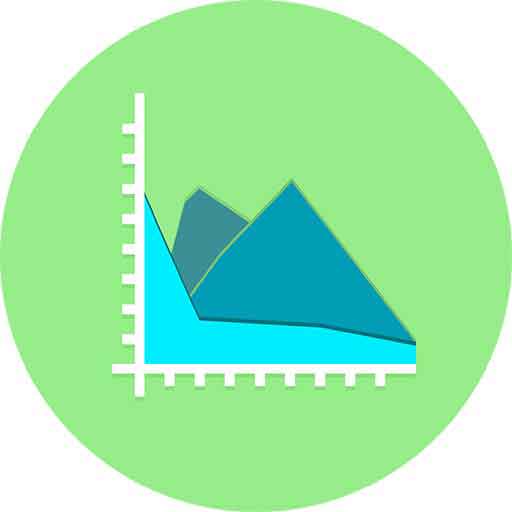Europe’s Interior Door Market Faces a Turning Point Amid Economic Headwinds
The interior door market in Europe is going through a period of change. Economic, social, and political tensions continue to affect the construction industry, and this has had a clear impact on demand.
According to InterConnection Consulting, total sales volume of interior doors in Europe dropped by –3.4% in 2024. The total market value also fell by –…
Europe’s Interior Door Market Faces a Turning Point Amid Economic Headwinds
The interior door market in Europe is going through a period of change. Economic, social, and political tensions continue to affect the construction industry, and this has had a clear impact on demand.
According to InterConnection Consulting, total sales volume of interior doors in Europe dropped by –3.4% in 2024. The total market value also fell by –1.7%. This was mainly due to a big slowdown in new housing projects, weak private spending, and low investment from companies.
New home construction fell sharply in 2024 — especially in Western Europe, where single-family housing dropped by as much as –17.5%. This caused lower demand for interior doors, especially in countries like Germany (–10.4%), France (–5.5%), and Poland (–5.1%).
However, the renovation segment showed more stability. In countries like Spain (+3.4%) and Italy (+1.8%), the market remained strong or even grew. In Spain, sales increased both in volume and value, supported by more than 800,000 new renovation projects and strong demand in the renovation channel. In Italy, the growing interest in upgrading home interiors and using higher-quality products helped the market grow in 2024.
In terms of product types, laminated doors continue to gain popularity across Europe. They offer a good balance of price, design, and durability. In Poland, they already represent 54.5% of the market. In Spain, décor follies dominate the laminated segment, with a 68.8% market share. On the other hand, solid wood and veneered doors are losing ground due to their high production costs.
Looking ahead to 2025, the market is expected to stabilize. A small decline of –0.2% is forecast across Europe. Some markets, like Germany, may see another slight drop (–1.8%). However, prices are expected to rise by around +3%, which could help boost lower- and mid-range products — especially if governments offer support or renovation incentives.
In short, the European interior door market is adjusting to a changing economy. While 2024 was a tough year, there are positive signs: more renovation projects, new and better products, a focus on sustainability, and new investments. In the future, the balance between new construction and renovation will be key to understanding how the market develops.
Some of the most important European producers on the interior door market are, in alphabetical order: Braga, Brunex, Doornite, Dre, Grauthoff, Huet, Jeld Wen, Lebo, Malerba, Mosel-Borne, Norma Doors, Pol-Skone, Porta Doors, Prüm-Garant, Righini, Theuma, Weekamp.
[^]Europe’s Textile Rental Market Grows by 4.9% in 2024 – Total Volume Reaches €14.4 Billion
The European textile rental market has been on an impressive growth trajectory since 2020. The market expanded from €10.1 billion in 2020 to €14.4 billion in 2024 – an increase of 41.8%. Key drivers of this growth include post-pandemic recovery, rising prices, and increased outsourcing. The outlook for 2025 remains positive, with an…
Europe’s Textile Rental Market Grows by 4.9% in 2024 – Total Volume Reaches €14.4 Billion
The European textile rental market has been on an impressive growth trajectory since 2020. The market expanded from €10.1 billion in 2020 to €14.4 billion in 2024 – an increase of 41.8%. Key drivers of this growth include post-pandemic recovery, rising prices, and increased outsourcing. The outlook for 2025 remains positive, with an expected increase of 2.3%, bringing the market to €14.7 billion, according to a recent study by Interconnection Consulting.
Dynamic Development in Eastern Europe – Poland Leads the Ranking
Growth has been particularly strong in Eastern Europe. Poland recorded the highest increase in 2024 with 17.2%, followed by Czechia (+13.1%) and Hungary (+11.9%). Together, these three countries reached a total market volume of €529.9 million. Despite their dynamic development, they still represent a relatively small share compared to their overall economic size. For comparison: Germany, Europe’s largest textile rental market, grew by 3.3% in 2024 to €4.3 billion. This means Poland, Czechia, and Hungary combined represent only about 12.3% of the German market volume.
Workwear Leads the Market – Hospitality with Strongest Demand Growth
Workwear remains the leading product group, accounting for 36.5% of the total market or €5.2 billion. From 2024 to 2028, this segment is expected to grow at an average annual rate of 2.0% (CAGR). The share of workwear is especially high in Poland (66.2%) and Slovakia (48.7%). The second-largest product group – linen services – grew by 6.5% in 2024, with the highest growth potential on a product level, forecast at 3.5% CAGR through 2028. On the customer side, the hospitality segment (hotels & restaurants) recorded the strongest growth, increasing by 7.4% to €3.8 billion, representing 26.5% of the total market. The segment is particularly dominant in Spain, where 56.2% of the textile rental market is attributed to hospitality clients. “Spain demonstrates that the potential in this area has not yet been fully realized in all countries,” explains Laszlo Barla, Senior Consultant and author of the study.
Market Leader Elis Expands Position – Consolidation Gains Momentum
The top 10 companies in the European textile rental sector account for 61.5% of the market. At the top is Elis, a French company that has expanded its market position through both organic growth and the acquisition of Dutch competitor Moderna. Other key players include CWS, headquartered in Duisburg, which plays a major role in hygiene and mat services, and Mewa, a leader in the industrial cleaning cloth segment. A new top-tier player in 2024 is Anett, also based in France, which significantly increased its market presence through the acquisition of competitor KALHYGE.
[^]




